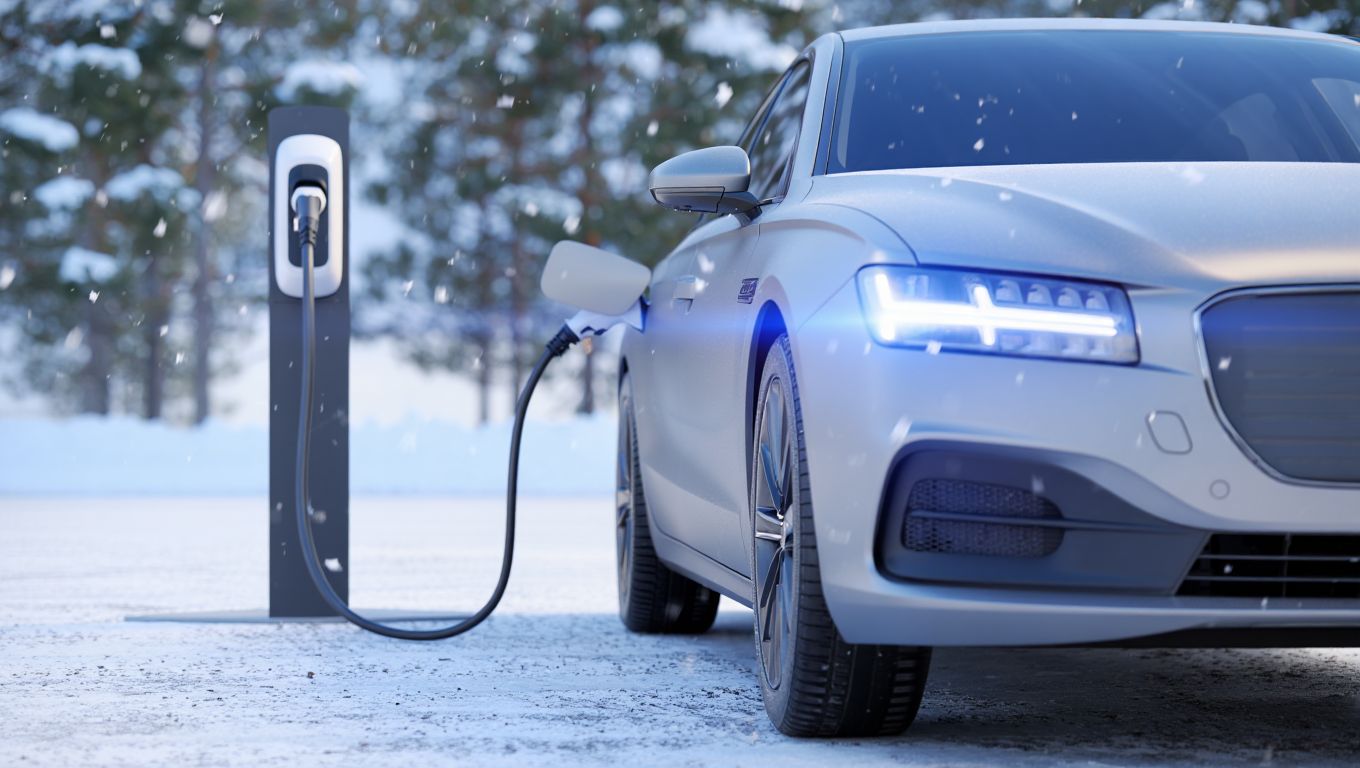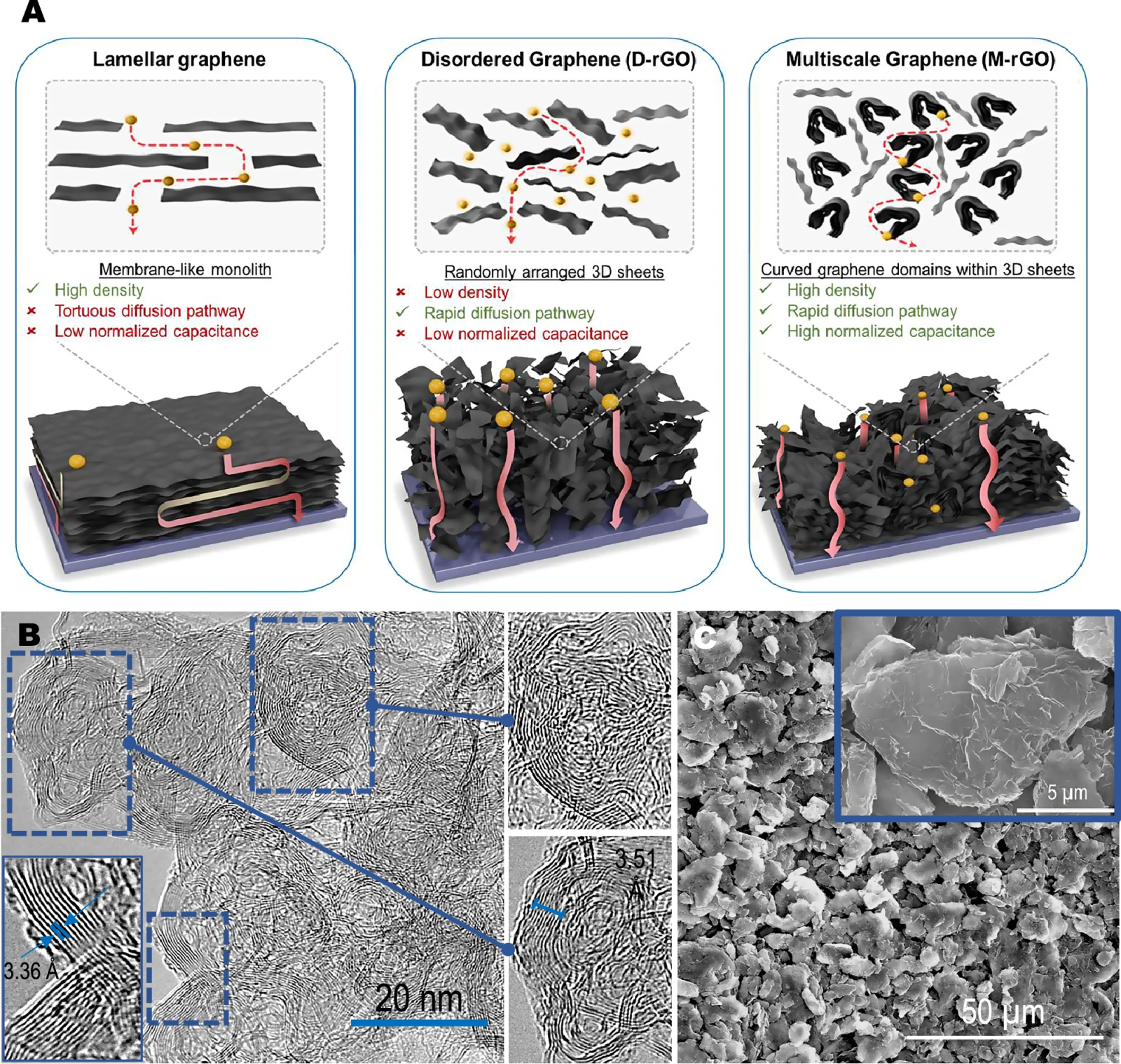⚡ Instant charging: the revolution of next-generation supercapacitors
Follow us on Google News (click on ☆)
Researchers have developed an innovative carbon-based material that allows supercapacitors to store as much energy as traditional batteries while charging almost instantly. This discovery opens up new possibilities for electric vehicles, power grid stabilization, and our personal electronic devices. The scientific team published its results in Nature Communications, detailing how this approach could revolutionize the way we store and use energy.

Professor Mainak Majumder, who participated in the research, explains that the innovation lies in a modification of the material's heat treatment. This simple adaptation allows for the utilization of a much larger surface area of the carbon, which significantly improves its energy storage capacity. This approach could lead to the creation of ultra-fast charging supercapacitors capable of replacing batteries in many applications while offering much faster energy delivery.
The key material in this breakthrough is called multiscale reduced graphene oxide. It is produced from natural graphite, a resource abundant in Australia. Through a rapid heat treatment process, researchers have created a particularly curved graphene structure that allows ions to flow with great speed and efficiency. This unique architecture combines high energy density with significant power, a rare combination in a single device.
Tests conducted on pouch-shaped devices demonstrated exceptional performance. These supercapacitors achieve volumetric energy densities close to 100 Wh/L when using ionic liquid electrolytes, while offering power densities exceeding 69 kW/L. They also maintain remarkable stability after numerous charge and discharge cycles, making them particularly reliable for intensive use.

Conceptual diagram showing structural differences according to density, charge transport, and normalized surface capacity.
The technology is currently being commercialized by Ionic Industries, a company spun off from Monash University. The team is already producing industrial quantities of these graphene materials and collaborating with partners specialized in energy storage. The goal is to integrate this innovation into concrete applications where the combination of high energy capacity and rapid power delivery is essential.
How supercapacitors work
Supercapacitors store electricity in a fundamentally different way than traditional batteries. Instead of relying on slow chemical reactions, they accumulate electrical charge electrostatically on the surface of a conductive material. This approach allows for extremely fast energy transfers but has until now had a significant limitation in terms of storage capacity.
The available surface area on the carbon material directly determines the amount of energy the supercapacitor can store. Traditionally, only a small portion of this surface area was actually usable, which considerably limited the performance of these devices. Researchers have therefore sought ways to increase this active surface area without compromising the other characteristics of the material.
Unlike batteries that wear out over time due to repeated chemical reactions, supercapacitors can withstand hundreds of thousands of charge and discharge cycles without significant degradation. This exceptional durability makes them particularly suitable for applications requiring frequent and rapid recharging, such as electric vehicles or energy recovery systems.
The unique combination of charging speed and long lifespan opens up interesting prospects for many fields. From transportation to power grids and consumer electronics, this technology could meet needs where the balance between storage capacity and speed of use is crucial.